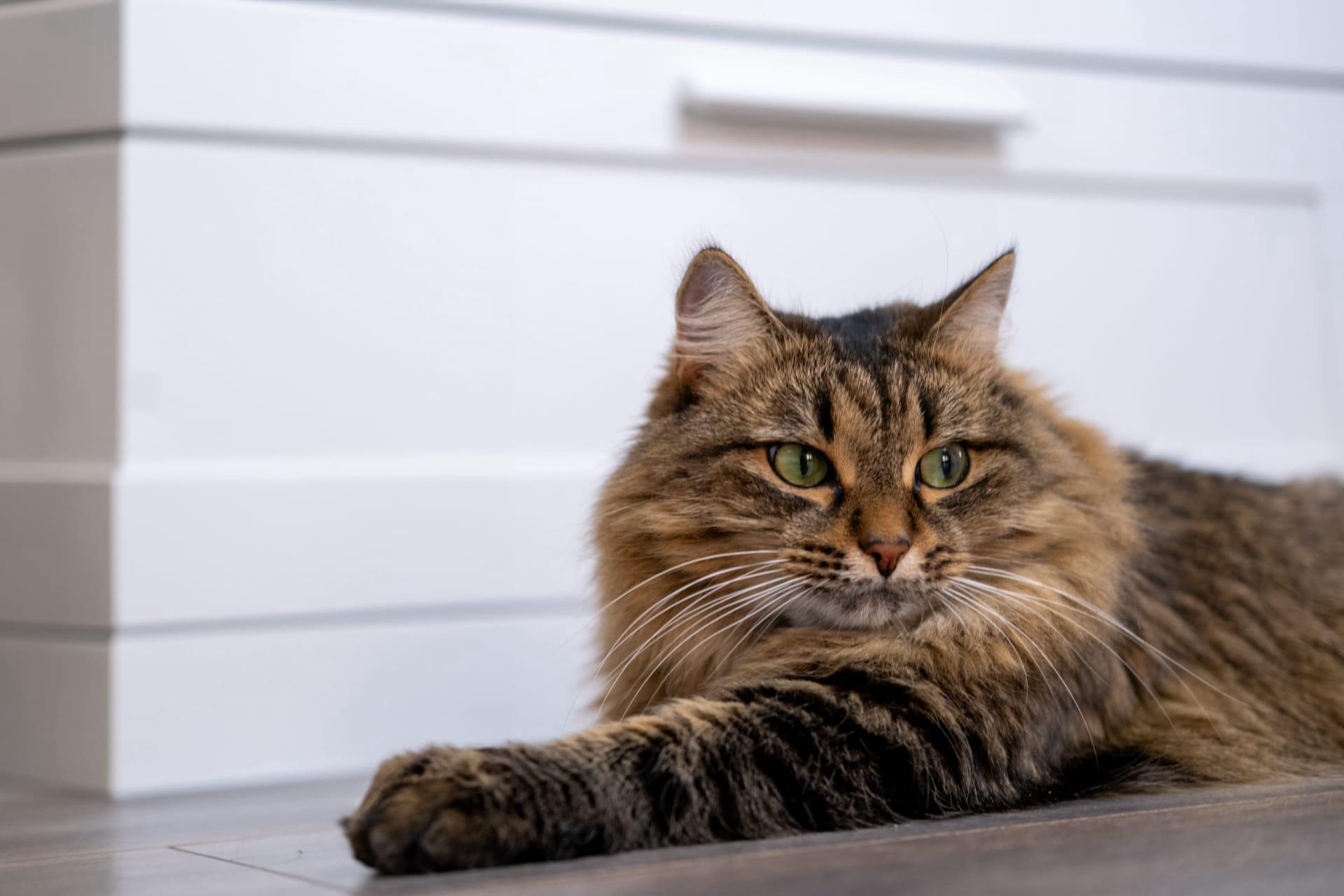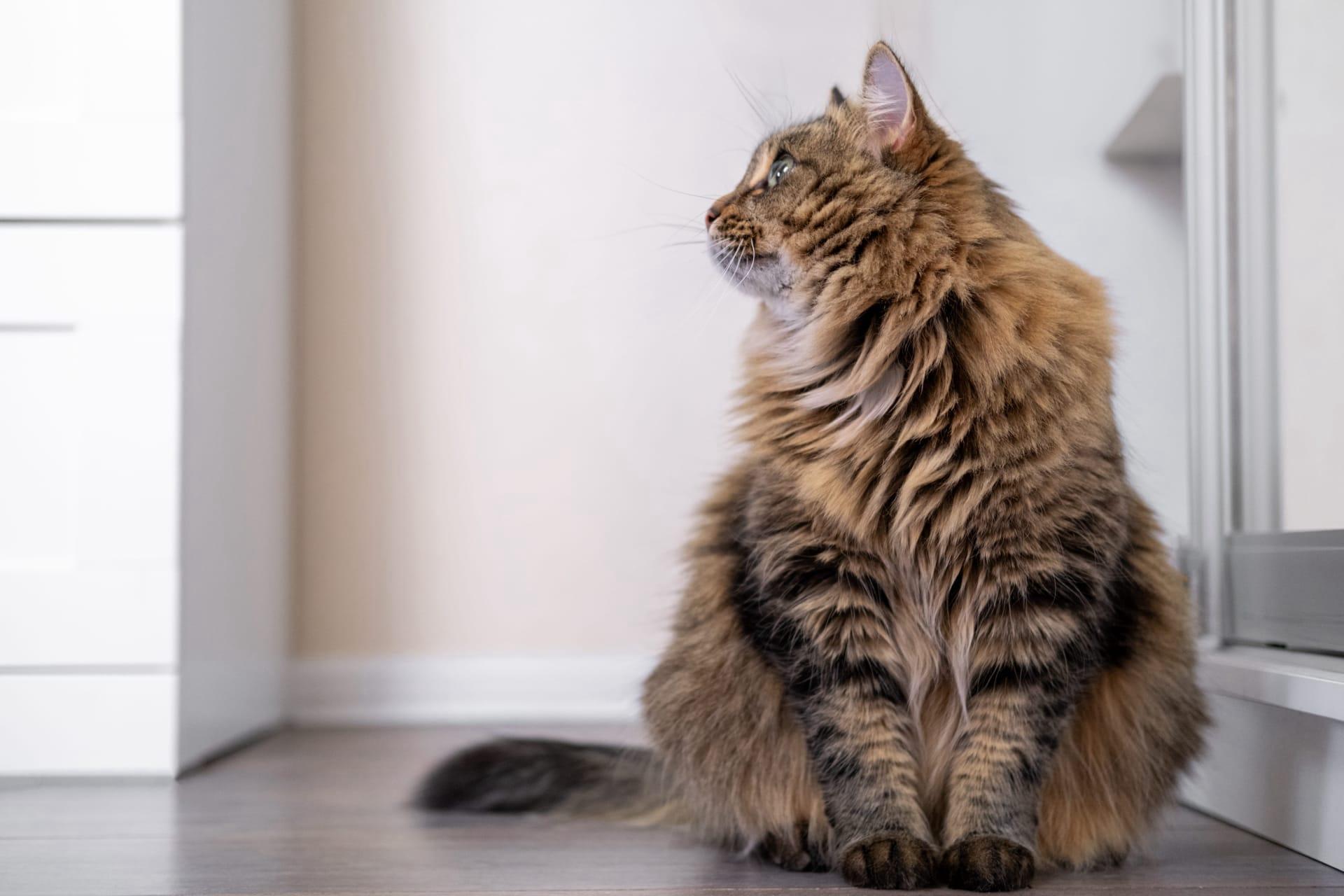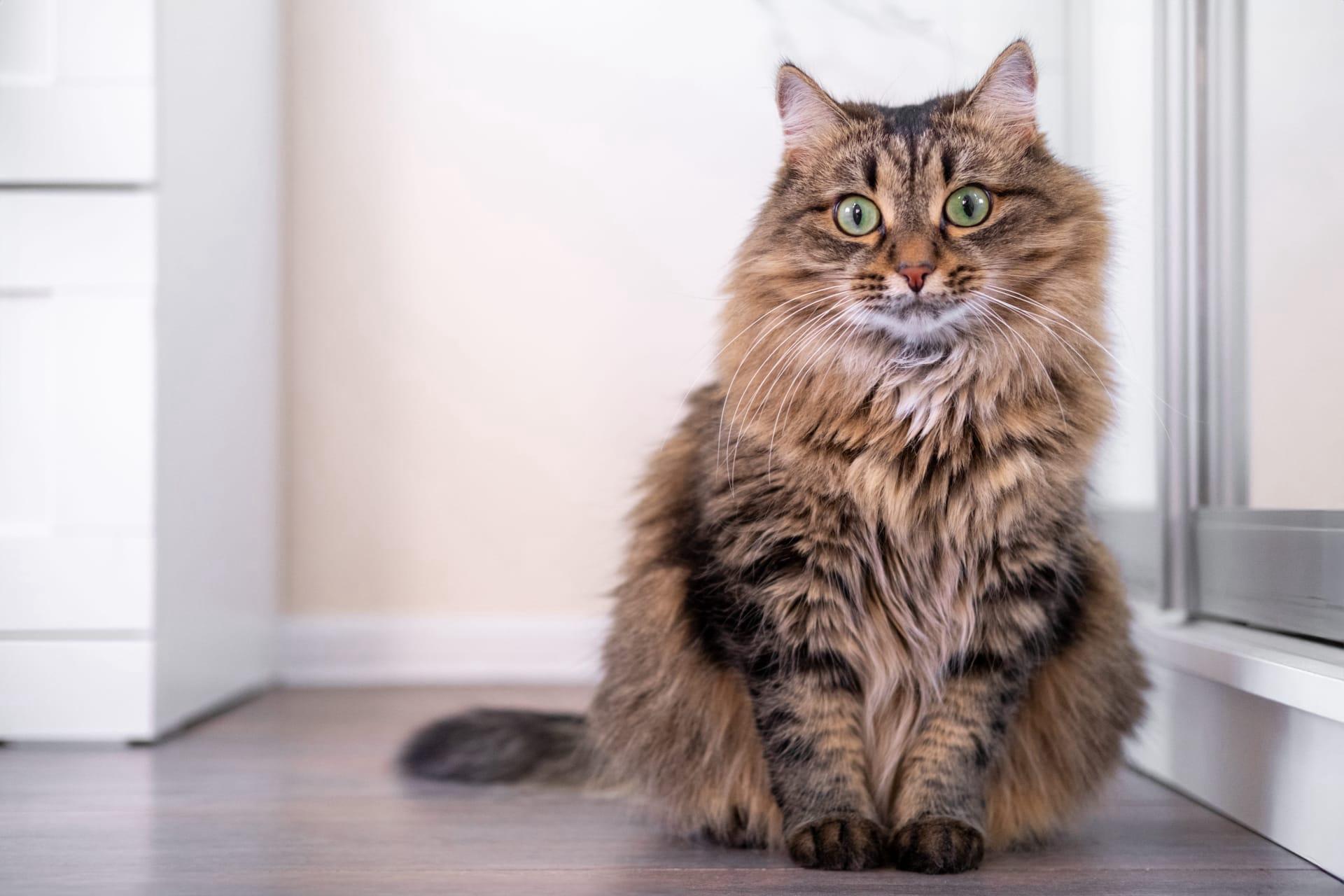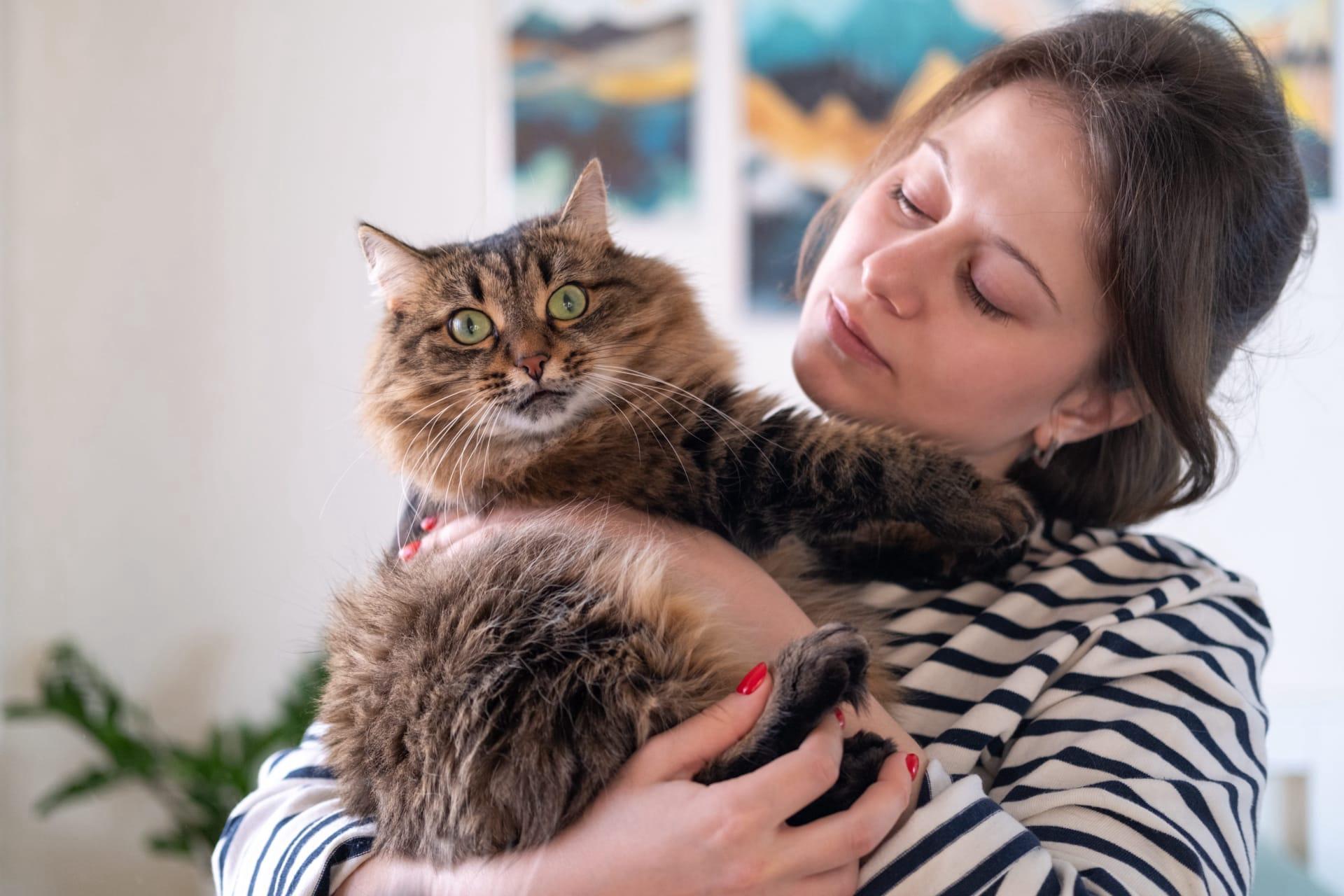Siberian Cat Characteristics
- Home /
- Mini Encyclopedia /
- Animal /
- Siberian Cat Characteristics
1
The Siberian cat, a majestic breed hailing from Russia, boasts a robust physique characterized by muscular build and medium to large size. Adult males typically weigh between 15 to 20 pounds, while females are somewhat lighter, ranging from 10 to 15 pounds. This breed is renowned for its luxurious fur, consisting of a dense undercoat and long, water-repellent guard hairs. A distinct feature is their rounded, barrel-shaped torso, contributing to their powerful appearance. Siberian cats have a noteworthy lifespan, often living well into their late teens, with some reaching 20 years, given proper care and a healthy environment.
The most exceptional organ of the Siberian cat is its highly developed olfactory system. This intricate network allows them to have an exceptional sense of smell, far surpassing that of humans. The olfactory bulb in their brain, which processes scents, is relatively large compared to their overall brain size. This advanced olfactory capability enables Siberian cats to detect and interpret a wide range of scents in their environment, aiding in hunting, navigating their territory, and recognizing other animals and humans. It is a crucial survival tool, as well as a means of communication and social interaction within their species.

2
Question: Are Siberian cats hypoallergenic, and how do they affect people with allergies?
Answer: Siberian cats are often touted as hypoallergenic, which, while not entirely accurate, holds some truth. The term "hypoallergenic" suggests a lower likelihood of causing an allergic reaction. Siberian cats produce lower levels of Fel d 1, a common allergen found in cat saliva, skin, and fur. While no cat can be truly allergen-free, studies have shown that individuals with mild to moderate cat allergies may experience fewer allergic reactions to Siberian cats. However, sensitivity varies among individuals, and potential owners with allergies are advised to spend time with a Siberian cat before making a decision to bring one into their home.

3
Siberian cats exhibit remarkable agility and strength, showcasing a love for climbing and exploring high places. They are known for their powerful hind legs, which enable them to leap great distances and heights with ease. This breed possesses a playful and adventurous spirit, often engaging in activities that challenge their physical capabilities. Siberian cats enjoy interactive play with toys that stimulate their hunting instincts and provide physical exercise.
When it comes to feeding, Siberian cats have a hearty appetite, reflective of their robust build. They thrive on a balanced diet rich in proteins and fats, mirroring their carnivorous nature. Quality cat food that meets their nutritional needs, combined with occasional treats, ensures their dietary requirements are met. Given their propensity for physical activity, it's crucial to monitor their food intake to prevent obesity, especially in less active indoor environments.

4
The Siberian cat's natural habitat traces back to the dense forests of Siberia, Russia, where they developed a thick, water-resistant coat to withstand harsh, cold climates. This breed's adaptability to diverse environments is remarkable, thriving in both cold and moderate temperatures. Their origin in a challenging environment contributes to their hardy nature and resilience.
Reproductive traits of the Siberian cat include a strong maternal instinct and a tendency towards large litters compared to other breeds. They reach sexual maturity relatively early, with females capable of bearing their first litter at around one year of age. The breed is known for its long breeding life, contributing to its popularity and the preservation of its genetic lineage. Siberian cats display a deep bond with their offspring, with both mothers and occasionally fathers showing protective and nurturing behaviors.

5
Book: "The Siberian Cat: Heritage of the Taiga," published in the United States in the early 2000s by Dr. Maria Pavlova, explores the rich history and development of the Siberian cat breed. Pavlova delves into the breed's origins in the vast forests of Siberia, its natural traits, and its journey to becoming a beloved pet worldwide. The book offers insights into the breed's unique characteristics, health, and care recommendations, making it an invaluable resource for breeders and owners alike.
Book: "Siberian Forest Cats: Russia's National Treasure," authored by Alexei Ivanov in the United Kingdom during the late 1990s, provides an in-depth look at the cultural significance of Siberian cats in their homeland and beyond. Ivanov's work includes detailed accounts of the breed's historical background, its role in Russian folklore, and its evolution as a domesticated companion. This book also covers practical advice on breeding, healthcare, and maintaining the well-being of these majestic cats, enriched with personal anecdotes and historical references.